
-
Find the right food for your petTake this quiz to see which food may be the best for your furry friend.Find the right food for your petTake this quiz to see which food may be the best for your furry friend.Featured products
 Adult Healthy Cuisine Roasted Chicken, Carrots & Spinach Stew Dog Food
Adult Healthy Cuisine Roasted Chicken, Carrots & Spinach Stew Dog FoodDelicious roasted chicken paired with tender vegetables in a succulent stew
Shop Now Adult 7+ Perfect Digestion Chicken, Whole Oats & Brown Rice Recipe Dog Food
Adult 7+ Perfect Digestion Chicken, Whole Oats & Brown Rice Recipe Dog FoodScience Diet's breakthrough nutrition supports ultimate digestive well-being & healthy microbiome for dogs age 7+
Shop Now Small & Mini Savory Stew with Chicken & Vegetables Dog Food
Small & Mini Savory Stew with Chicken & Vegetables Dog FoodA delicious complement to the nutrition of Science Diet Small & Mini 7+ dog food
Shop NowFeatured products Adult Savory Entrée Can Variety Pack Cat Food
Adult Savory Entrée Can Variety Pack Cat FoodPrecisely balanced nutrition with the delicious taste of savory minced chicken to help fuel the energy needs of cats during the prime of their life
Shop Now Adult 7+ Tender Tuna Dinner Cat Food
Adult 7+ Tender Tuna Dinner Cat FoodWith delicious chunks in a decadent gravy
Shop Now Hill's Science Diet Adult Perfect Weight Canned Cat Food Variety Pack, Vegetable & Chicken and Liver & Chicken
Hill's Science Diet Adult Perfect Weight Canned Cat Food Variety Pack, Vegetable & Chicken and Liver & ChickenFeline Adult Perfect Weight Variety Pack
Shop Now -
Dog
- Dog Tips & Articles
-
Health Category
- Weight
- Food & Environmental Sensitivities
- Urinary
- Digestive
- Joint
- Kidney
-
Life Stage
- Puppy Nutrition
- Adult Nutrition
- Senior Nutrition
Cat- Cat Tips & Articles
-
Health Category
- Weight
- Skin & Food Sensitivities
- Urinary
- Digestive
- Kidney
-
Life Stage
- Kitten Nutrition
- Adult Nutrition
Featured articles Why Are Dogs and Cats So Cute?
Why Are Dogs and Cats So Cute?If waggy puppy dog tails and furry kitten yawns make you swoon, you're not alone. Why are cats so cute? And, dogs too! Let's find out!
Read More Do Dogs and Cats have Belly Buttons?
Do Dogs and Cats have Belly Buttons?Learn whether cats & dogs have belly buttons like humans, what the function is, and if there are any health concerns associated with it.
Read More Does My Pet Hate Me?
Does My Pet Hate Me?Learn tips for bonding with your pet if you've ever thought, 'My dog doesn't like me, or 'Why do I have a standoffish cat?'
Read More -
Kidney health for cats
Kidney health for cats
What is kidney disease in cats?
Chronic kidney disease (CKD) is defined as any abnormality of one or both kidneys that has been present for several months. It is a common condition, affecting about 1 of every 3 cats.1
Your cat’s kidneys play a vital role in removing metabolic wastes from the bloodstream, regulating fluid and electrolyte balance, producing or activating important hormones and helping control blood pressure. If your cat’s kidneys cannot do their job properly, CKD can eventually lead to life-threatening problems.
What causes kidney disease in cats?
The cause of CKD in cats often is unknown; however, several factors
may be involved that could increase your cat’s risk of developing
kidney disease:


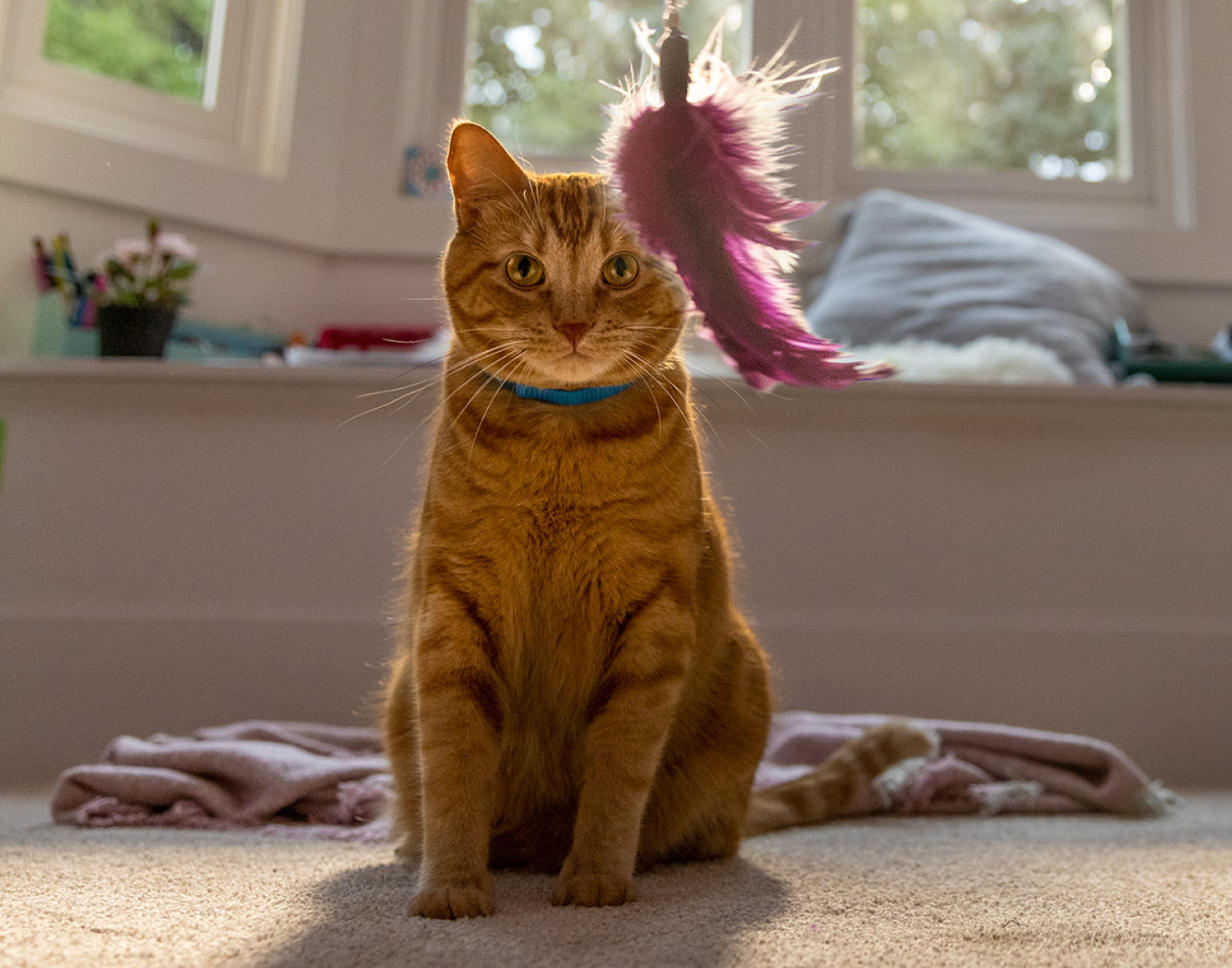

Early detection of kidney disease in your cat
Catching CKD before signs become obvious is important since signs do not typically appear until 75% of kidney function has been lost. At 7 years and older, a cat’s kidney disease risk increases, so be sure to get a “senior screening” during their annual check-up. CKD is progressive and irreversible, but your veterinarian can help provide long-term care and show you how to track signs in older cats.
What are the signs of kidney disease in cats?
The signs of early-stage kidney disease are not visible. On diagnosis, CKD has already been present for some time but may be managed with the help of vet-recommended cat food for kidney disease. Signs of late-stage kidney disease tend to be similar but are far more noticeable to pet parents.


















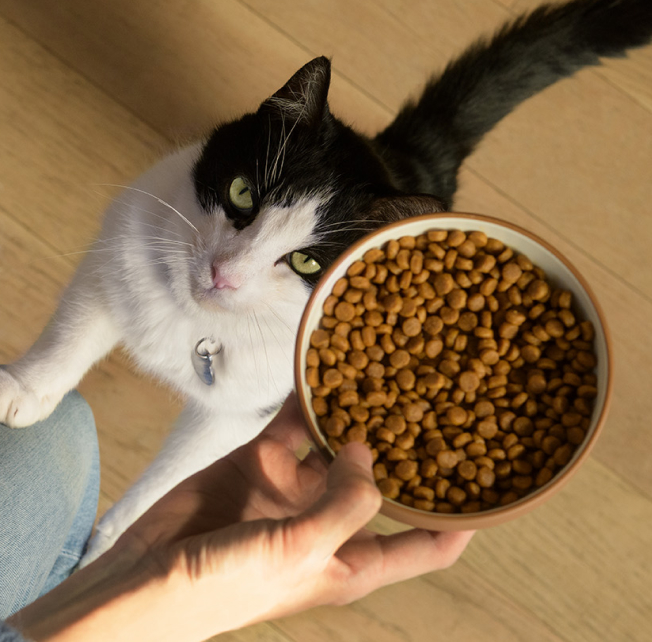
Nutrition for cats with kidney disease
If your cat has kidney disease, the nutrition formulated for them can help make an impact on their lives. Specially formulated therapeutic foods that contain decreased amounts of phosphorus and highly digestible protein, and increased omega-3 fatty acids from fish oil have been shown to support quality and length of life in cats with CKD compared to feeding a non-therapeutic food.
Your cat’s appetite may vary over time when they have CKD and offering different forms (dry, stews) and flavors of an appropriate food recommended by your veterinary healthcare team can be very helpful. The single most important thing you can do is make any changes to a new food gradually because some cats need several weeks or longer to get used to a new food.
What about using a homemade diet for cats with kidney disease?
While it has gained some popularity online, using a homemade food (or a raw food) for cats with kidney disease requires you to take into account several factors, including contamination risks, balancing nutrients, and the overall cost. When looking into nutritional options for cats with kidney disease, it’s always best to get a specific recommendation from your veterinarian.
Nutrition for cats with kidney disease
If your cat has kidney disease, the nutrition formulated for them can help make an impact on their lives. Specially formulated therapeutic foods that contain decreased amounts of phosphorus and highly digestible protein, and increased omega-3 fatty acids from fish oil have been shown to support quality and length of life in cats with CKD compared to feeding a non-therapeutic food.
Your cat’s appetite may vary over time when they have CKD and offering different forms (dry, stews) and flavors of an appropriate food recommended by your veterinary healthcare team can be very helpful. The single most important thing you can do is make any changes to a new food gradually because some cats need several weeks or longer to get used to a new food.
What about using a homemade diet for cats with kidney disease?
While it has gained some popularity online, using a homemade food (or a raw food) for cats with kidney disease requires you to take into account several factors, including contamination risks, balancing nutrients, and the overall cost. When looking into nutritional options for cats with kidney disease, it’s always best to get a specific recommendation from your veterinarian.
Recommended products for cats with kidney issues
Related Articles

Learn the schedule of vaccinations a vet may recommend for your kitten, as well as the diseases and conditions they can help protect her from.
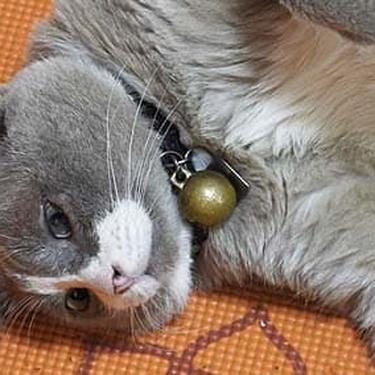
Learn from a Veterinarian: Discover the underlying causes, typical symptoms and possible treatments for both type 1 and type 2 of diabetes in cats.
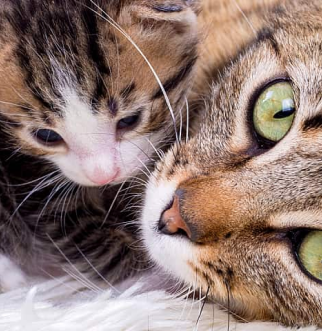
Learn how to spot common signs that your cat might be pregnant, as well as care and nutrition tips for her if you find out she is expecting.
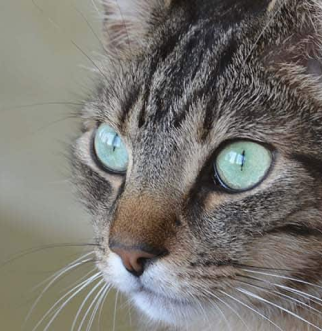
Learn how your cat's poop can be a good indicator of her overall health, including how to spot unhealthy or abnormal cat poop and what it might mean.
References: 1Lulich JP, Osborne CA, O’Brien TD, Polzin DJ. Feline renal failure: questions, answers, questions. Compend Contin Educ Pract Vet. 1992;14(2):127–153. Brown SA. Renal dysfunction in small animals. The Merck Veterinary Manual website.

